Table of contents
Guest writer: Mia Ulin
A good friend told me "If you keep saying I dream of ... without doing anything about it, nothing will happen". Then I realised that the timing was right," says Sara Verrall in Marseillaise.
Janne Larsson from Helsingborg and Sara Verrall from Brighton followed their dreams and both moved to the south of France. Janne to start a bed & breakfast, Sara to learn French and live in a warmer country. For a couple of years they have been living separately in the small town of Marseillan near the Mediterranean Sea in the Languedoc-Roussillon region.
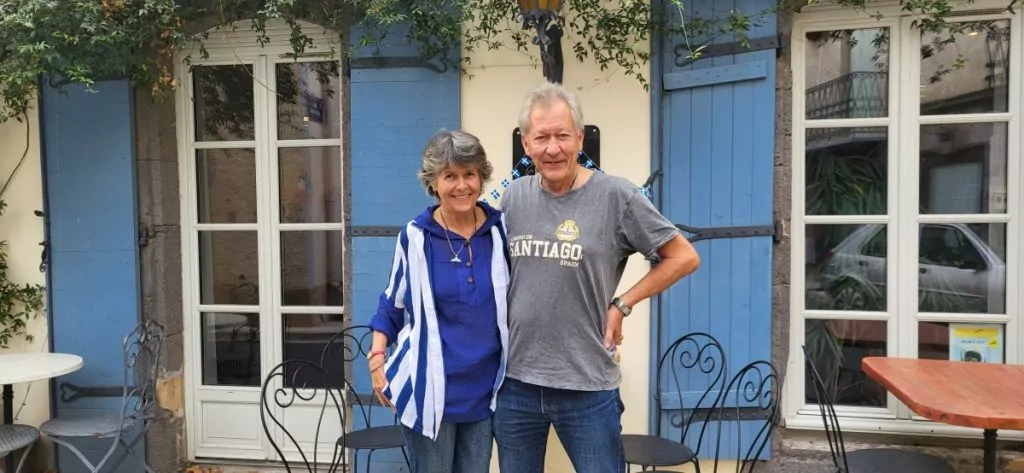
Janne and Sara want to inspire other people to live their best lives. Sara has even written a book called "Dream it, do it ...Why not?".
- I have had many dreams in my life, says Janne, but now I am in the best dream, I think.
The south of France, along the Mediterranean coast, offers stunning scenery, rich history, culture and a pleasant climate. Provence is familiar to many with the cities of Nice and St Tropez, fields of lavender and sunflowers. A little further west is Languedoc-Roussillon. It is a little less known and a little less exploited. The first time I was here, I fell in love with the countryside and the small villages. My partner, Magnus, a chef, and I are travelling down on a food and wine tour organised by Anna-Brita Onkenhout, a sommelier who has a house near the small town of Beziers. She has been organising trips down to Languedoc for many years.
Languedoc-Roussilion, also known as Occitanien or Le Midi, borders Spain and Andorra to the south. To the north-east, along the coast, Languedoc borders Provence and the Cevennes mountain range. The Canal du Midi runs through the area, linking the Atlantic coast to the Mediterranean.
The whole area, like the rest of France, has a rich history with amazing architecture, bridges and small villages where many of the houses still date back to Roman times.
Languedoc-Roussillon is considered the largest wine region in the world, with vineyards three times the size of Bordeaux. Many of the small wineries offer tastings and sales and sometimes guided tours.
There is also a Swedish connection here as the well-known noble family De la Gardie immigrated to Sweden from Languedoc. Their Gardie farm is now world-famous thanks to the best-selling novel The Da Vinci Code.
Marseillan is one of the many small picturesque towns in this area. Marseillan has about 8000 inhabitants in winter and ten times that in summer. The town sits on one of the large lagoons, the etangas, with only a small strip of land separating them from the Mediterranean.

From 7 am to 1 pm Tuesday to Sunday all year round, the food market is held in the Hallarna in the city centre. Every Tuesday throughout the year, the Grand Marché de Marseillan is held outdoors in the city centre with both food and crafts.
Each small town or village in France has its own mayor. The opposite of large regions. While this may seem inefficient and costly, residents feel that they can get quick and easy answers and decisions on everything from where to get water during droughts to building permits.
There are very few modern houses in Marseillan, as in most of the small villages in the Languedoc. The old stone houses are being renovated rather than demolished, often dating back hundreds of years, sometimes as far as the beginning of our era.
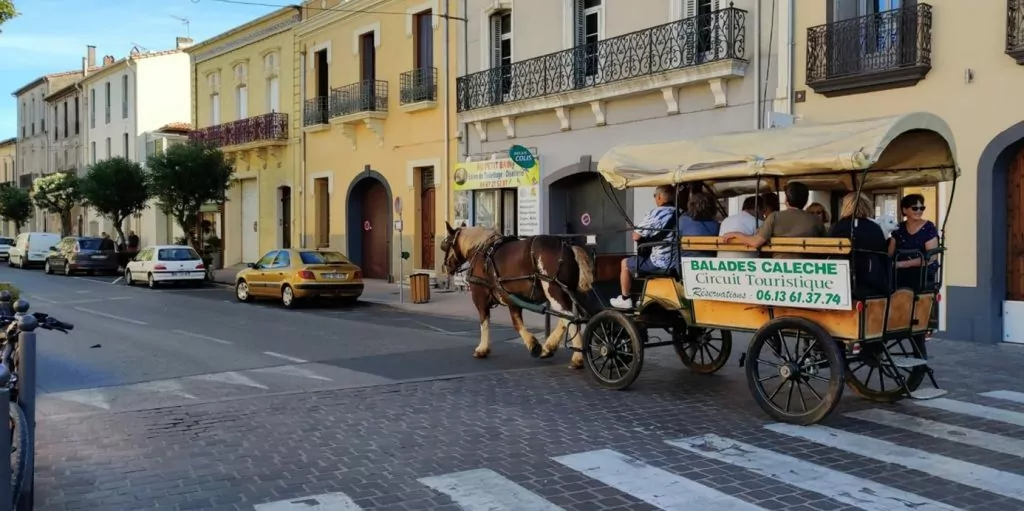
There is also a large, Swedish community of people who live and work with all kinds of things. Janne Larsson is one of the many Swedes who live permanently in Languedoc and run some kind of business here. In Janne's case, it is the Hôtel B&B Rue Galilée, which he renovated on his own and together with two local builders, family and friends.
Janne is a trained electrician and ran a successful photo lab for many years. In the early 2000s, Janne sold everything he had to sail around the world with his best friend Calle. The journey took three years and led to unforgettable experiences and encounters with people. They also wrote a book about the voyage. "Brave or stupid". When he returned home, he bought a small house in Marseillan, a place in the world he had fallen in love with, but he had long dreamed of having his own bed and breakfast. At the end of 2014, he walked past a house in the village that was almost dilapidated.
- Then lightning struck my forehead. This is it, this is your bed & breakfast, I thought.
The 350 square metre, three-storey house had been on the market for four years, and all speculators had so far seen it as an impossible project. But Janne saw the potential and sent pictures to his friend, architect David Gölén in Malmö, who immediately advised him to buy it. David came down and gave instructions. Fortunately, much of the original interior from the late 17th century remained in its original condition.
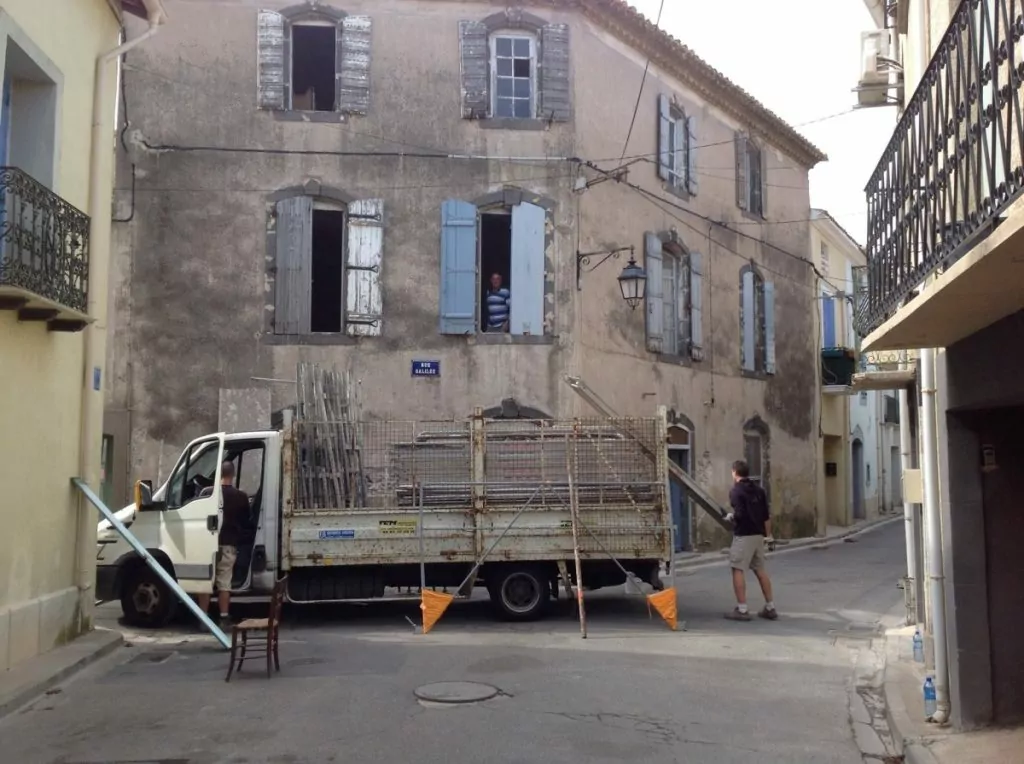
The renovations started in September 2015 and for ten months Janne worked almost around the clock. The first four months were spent tearing out and driving to the dump everything that would not be left before the electrical and plumbing installations could begin.
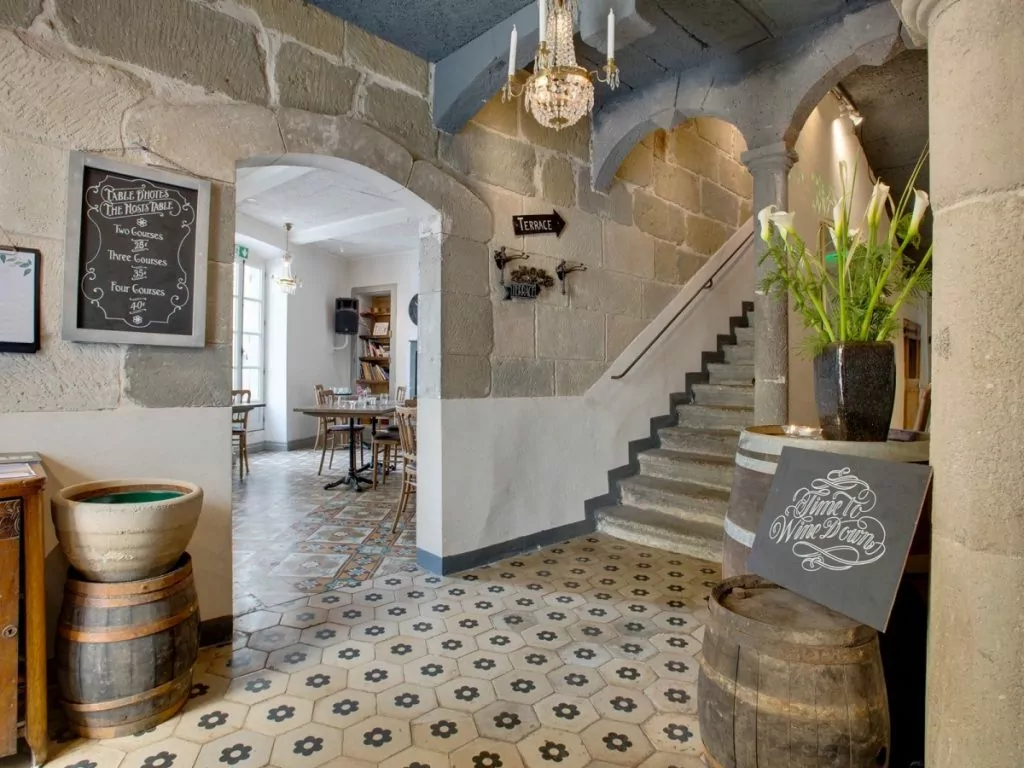
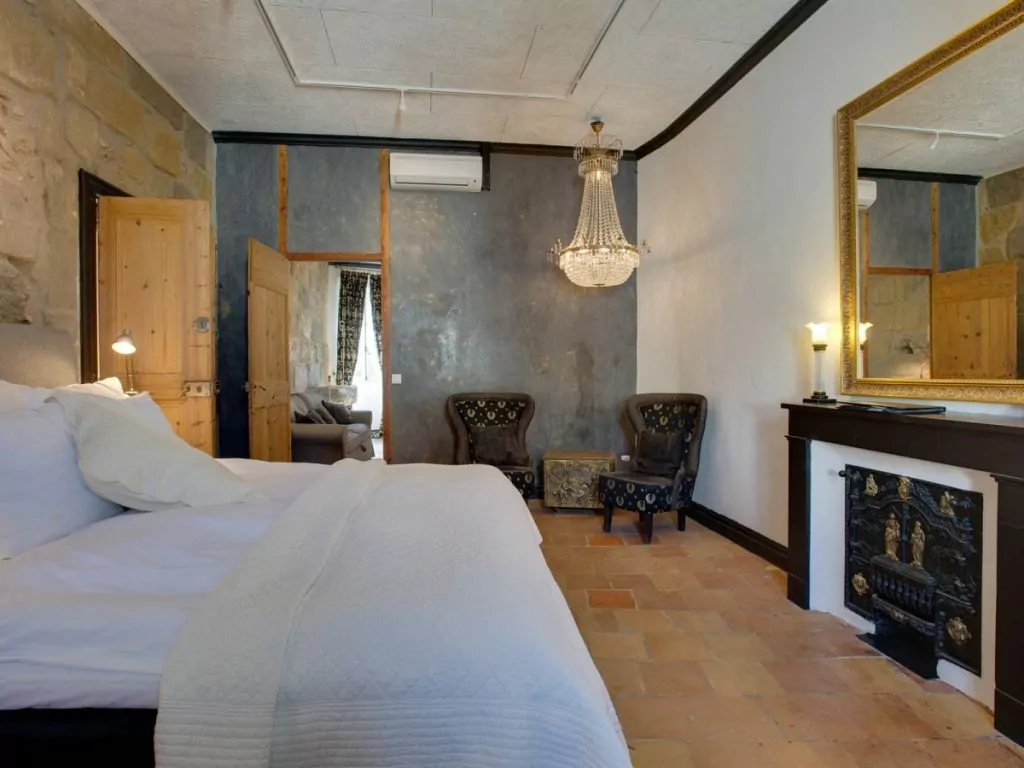
The goal was to finish by 14 July 2016 and Janne went to the mayor and asked if he could inaugurate the house then. As it is France's national day, the mayor declined but offered to come the day before, on 13 July.
They agreed on the date and the mayor put it in his calendar before realising that it was only ten months away.
- He asked me five times if I was really, really sure I was going to open then, and I was!
So the mayor promised to come.
The next day the whole village of Marseillan came by to see the crazy Swede who thought he could renovate a dilapidated house in ten months. They thought it would never be finished. But it was, and the mayor inaugurated it as planned.
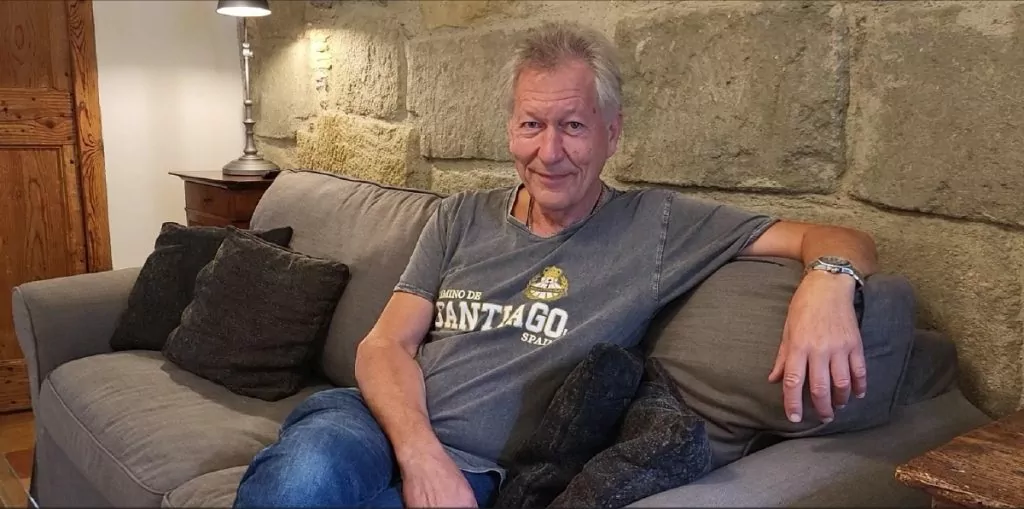
The hotel consists of five double rooms, including one suite and a fully equipped restaurant kitchen. Each room has its own fully tiled toilet and shower, and four rooms have a fireplace. The décor is a mix of Scandinavian and French with high quality Swedish beds. The hotel was even reviewed in the New York Times in 2019.
"... one of the most delightful small hotels I've ever found in France."
Alexander Lobrano, New York Times
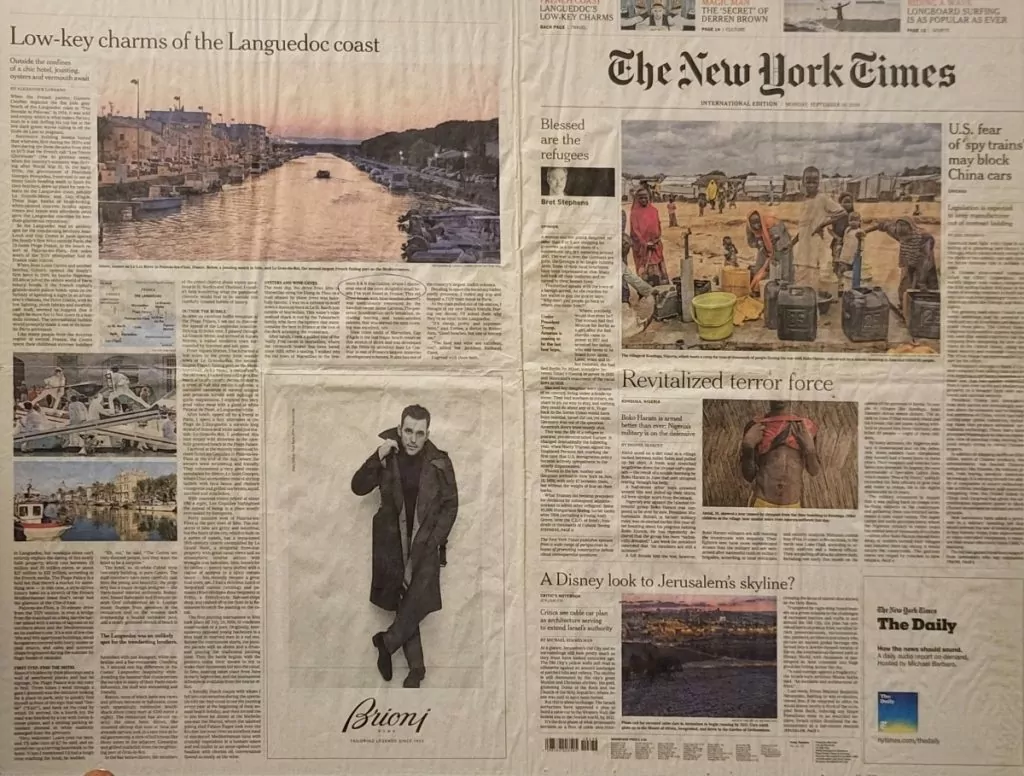
Now Janne has been running his B&B for eight years, and enjoys it every day.
- We live in Paradise, the little village of Marseillan is fantastic. We are 25 different nationalities and everyone likes each other.
Janne is living his dream. Every day he meets new interesting people and plans to run his hotel for at least another 20 years, despite being 68 years old.
- I love listening to people and hearing their stories. Everyone has a story. Sometimes it's incredible what stories you get to hear! That's what makes you feel: Yes, I want to continue!
Visit to wine producers
Janne is keen to show off his city and took us oyster fishing with lunch and a visit to the vermouth producer Noilly Prat in the centre of Marseillan where we had a guided tour.
Noilly Prat is a vermouth made from grapes grown at Marseillan. The original recipe is believed to have been developed by Joseph Noilly in 1813.
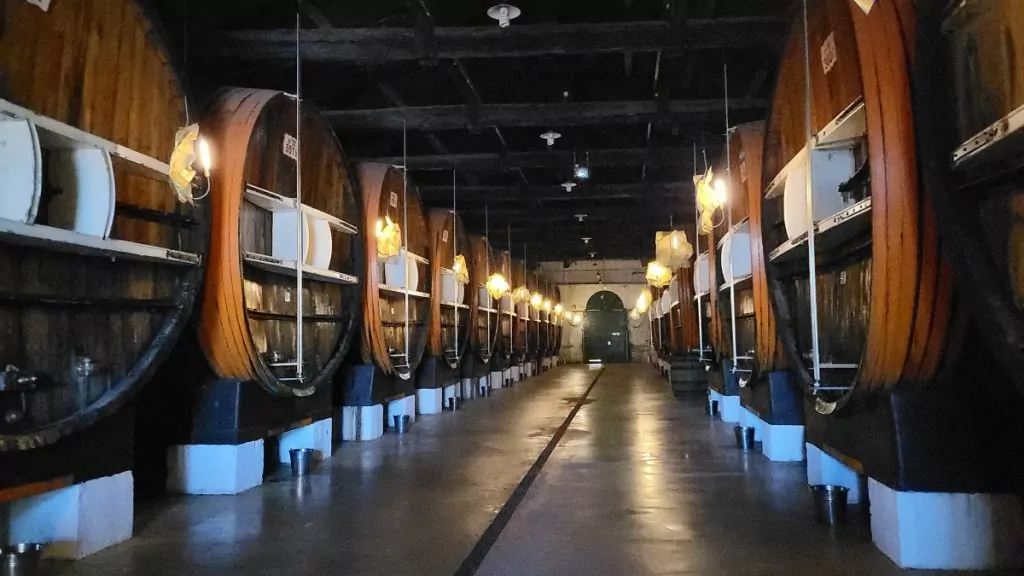
The name vermouth comes from the German word Wermut meaning 'wormwood' and is a spiced fortified wine that can be drunk as an aperitif or used in cocktails. The white dry variety is used in the classic Dry Martini, considered by many to be the 'drink of drinks'.
Like other vermouths, Noilly Prat has secret recipes for the herbs and spices from around the world that go into the different flavours. These include chamomile, coriander, bitter orange, elderflower, rosebuds, cardamom, cinnamon, saffron and vanilla.
It takes over 16 months to make vermouth. From when the grapes are put on the lees, through ageing in large oak barrels to seasoning.
The tour ends with a tasting of the four varieties: Original Dry, Extra Dry specially developed for the American market, Rouge developed in 1955 and my own favourite, the golden Ambré developed as recently as 1986.
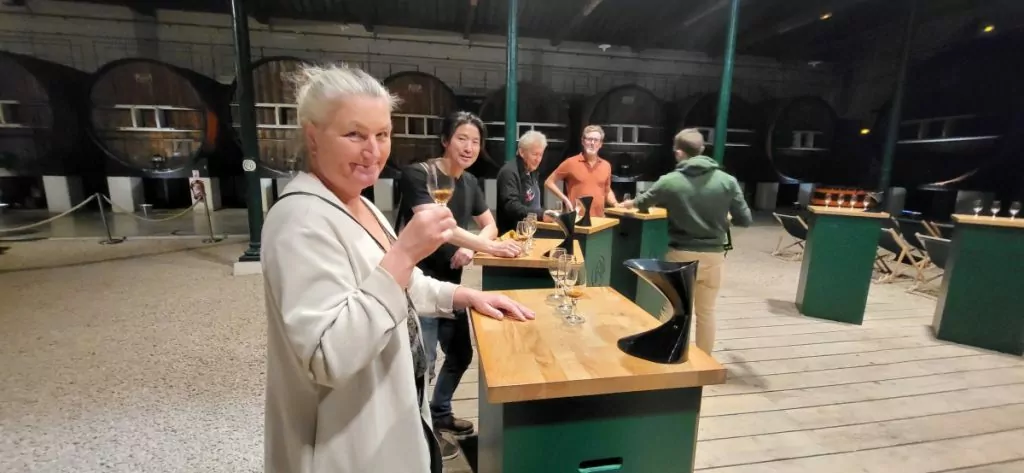
Our guide Tony claims that the Dry Martini was named after the bar manager Martini di Arma di Taggia at the Knickerbocker Hotel in New York in the early 1900s and that it was originally made with Noilly Prat's vermouth, not the competitor's Martinis.
The name Noilly Prat is a combination of two surnames, Joseph Noilly and Carl Prat, who married the founder's granddaughter Anne-Rosine and became an official partner in 1855. When first her husband and then her father Louis died, Anne-Rosine Prat took over the family business and created a long period of growth. In particular, Noilly Prat wins the gold medal at the Paris World Fair in 1878. Anne-Rosine employs an unusually high number of women for the time, which is considered to be a contributing factor to its success.
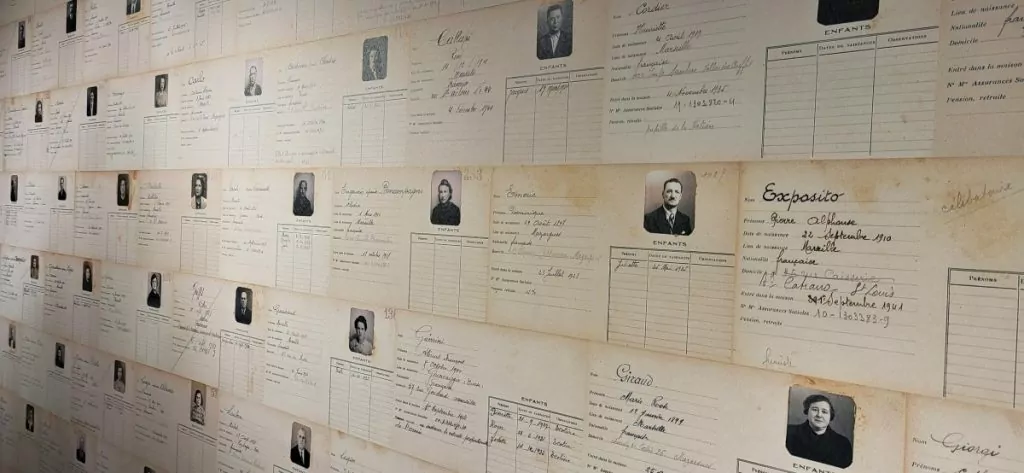
Oyster farming as a growing industry
The cultivation of more fish, shellfish and algae, known as aquaculture, is considered by many to be important for providing us with good food without depleting the oceans. Aquaculture is a large and growing industry in the world, and in Sweden there is a lot of research into expanding the cultivation of oysters, for example. Swedish consumption of oysters has increased by more than a thousand per cent in ten years. Farmed oysters are considered environmentally friendly and healthy with proteins, omega-3 fatty acids, vitamins, minerals and antioxidants.
The French are major consumers of oysters, eating an average of two kilos per person per year. The total production of oysters in France is estimated at 150,000 tonnes annually.
In Languedoc-Roussillon on the Mediterranean, oysters have been eaten since Roman times and are cultivated in two large lagoons, known as etangs.
Marseillan is located right on one of the lagoons, the Etang de Thau. A narrow strip of land runs between the lagoon and the Mediterranean Sea.
Janne takes us to his favourite, Coqui Thau, a family business with father Christian who started in 1985 and children Eric and Laure.
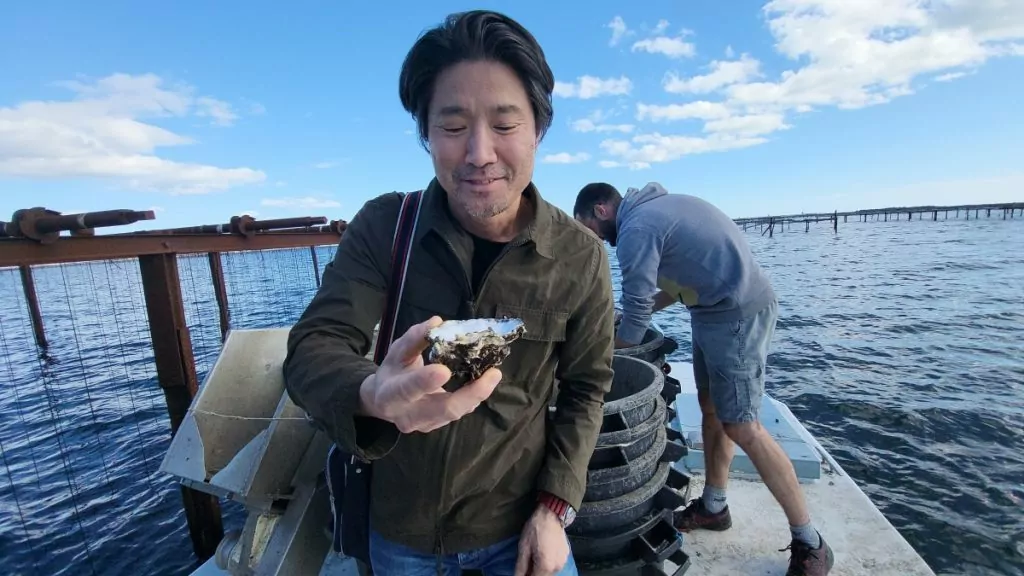
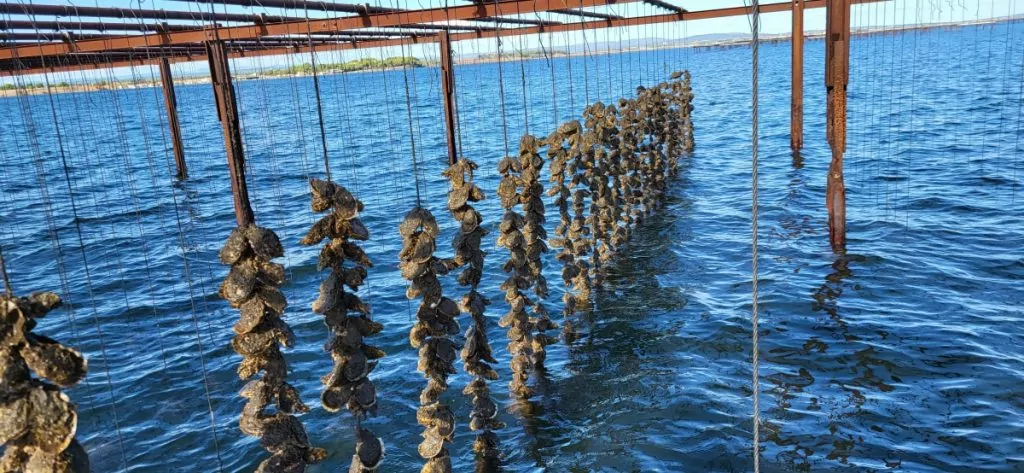
The oysters are grown on long steel wires hanging from devices at the end of the lagoon. Harvesting is done via a barge, "bac", which looks like a large surfboard with a steering console. There are no rails or other features, only a number of barrels stacked around the steering console. Since Janne knows the family, we get to go out on the barge with Eric, something tourists are not normally allowed to do, but there are companies that organise boat trips with tasting.
To our surprise, Eric takes out a large BMW steering wheel. Smiling at our reaction, he places the wheel on one of the horizontal struts where the oyster wires are attached. With a few turns of the wheel, the wire is raised and the oysters become visible. This procedure is done every fortnight and simulates the ocean tide, which is not present in the lagoon, and gives a better quality of oysters.
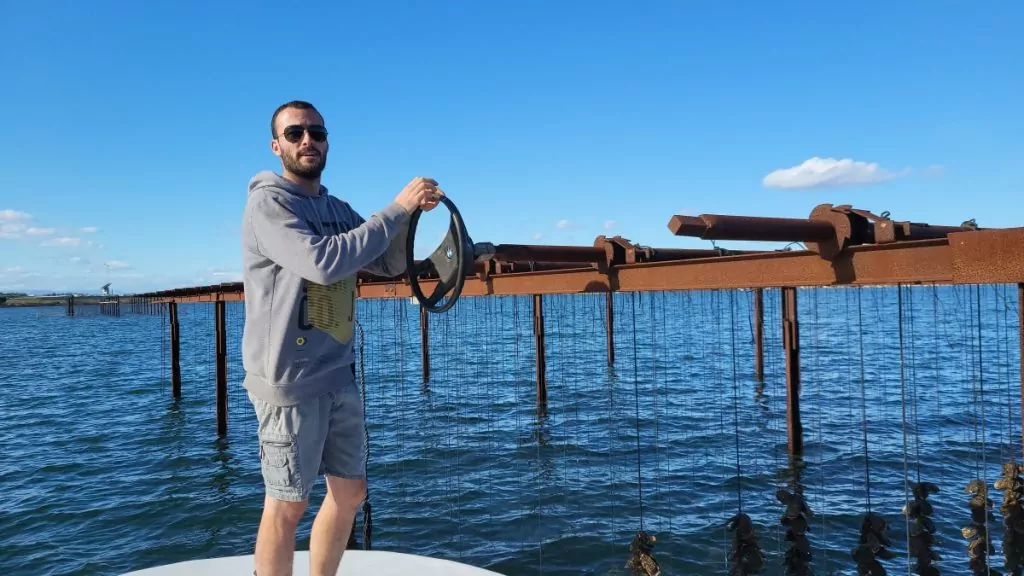
We all get a taste of a fresh oyster, a little saltier than others I've tasted, and being the oyster lover I am, I can say it was by far the best oyster I've ever had. It was so big that I had to bite off to swallow and the texture was like a nice piece of beef fillet.
Back on land, we are served oysters and mussels in Coqui Thau's own restaurant, where they are cooked, grilled, gratinated and smoked.
The seafood is served with the local wine Picpoul de Pinet, which is also available at Systembolaget. The green grape has hints of pear, fresh herbs, lime, minerals and has a noticeably high fruit acidity and a certain saltiness that makes it excellent for oysters.
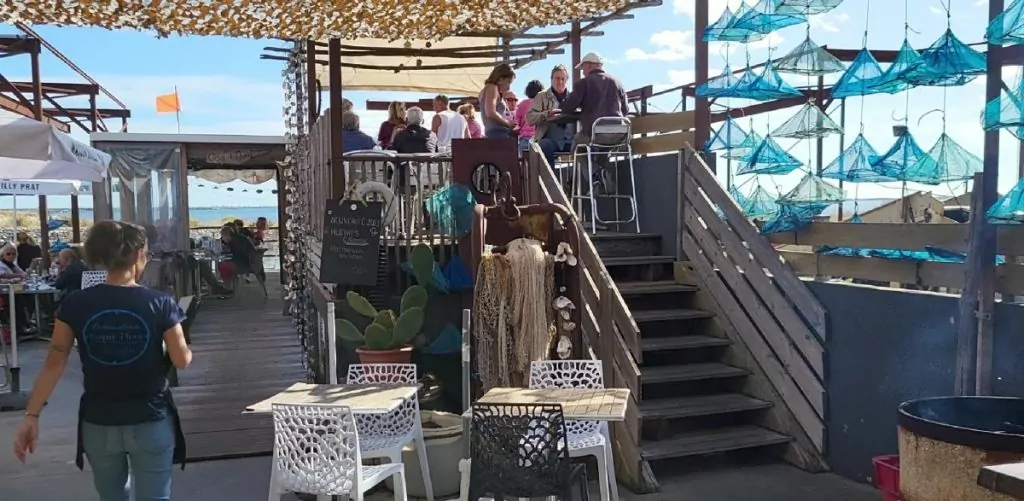
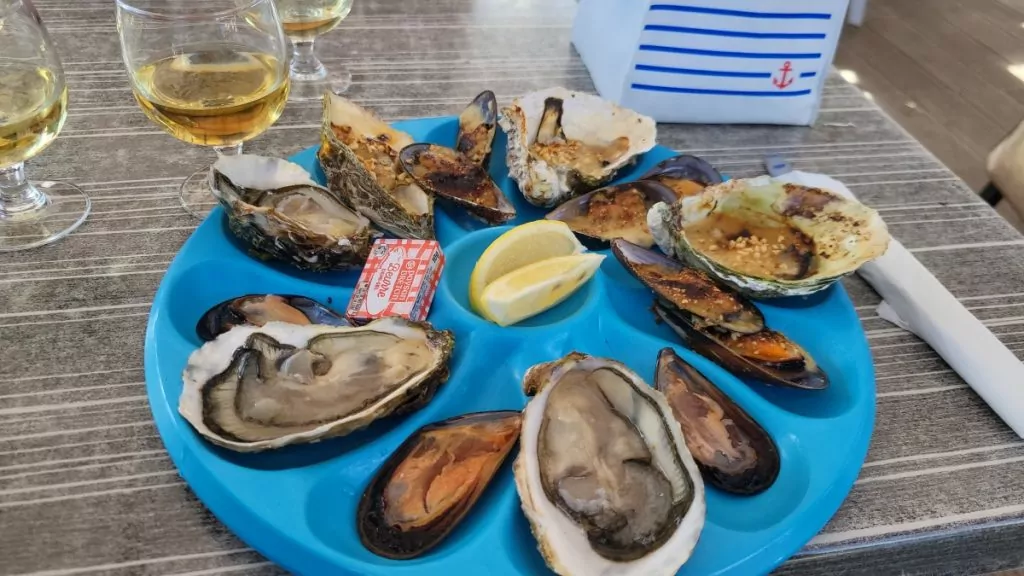
By Mia Ulin. Photo: Mia Ulin and Rue Galilee.
Travelling here
The south of France is at its best from early April to late October. Winters are mild, so you can stay here all year round.
By train
The nearest major train station to Marseillan is Agde. You can take a train to Agde from major cities in France, including Paris, Lyon and Marseille. From Agde, you can take a local train or bus to reach Marseillan, which is just a short distance away. The journey usually takes about 15 minutes.
By air
The closest airport to Marseillan is Béziers Cap d'Agde Airport (BZR). You can also fly to Montpellier-Méditerranée Airport (MPL), which is a bit further away, but offers more flight options.From Béziers Cap d'Agde Airport you can take a taxi or shuttle service from the airport to Marseillan. The journey usually takes about 20-30 minutes by car.From Montpellier-Méditerranée Airport you can take a taxi, rental car or a shuttle to Marseillan. The journey takes about 45 minutes by car.
More information
- B&B Hotel Rue Galilee: www.ruegalilee.com
- Dream it, do it ... Why not?: www.dreamitdoit.fr
- Noilly Prat: www.noillyprat.com
- Coqui Thau: www.coquithau.com
- I love Marseillan: www.ilovemarseillan.com
- Bright Wine and Education: www.facebook.com/BrightWineEducation


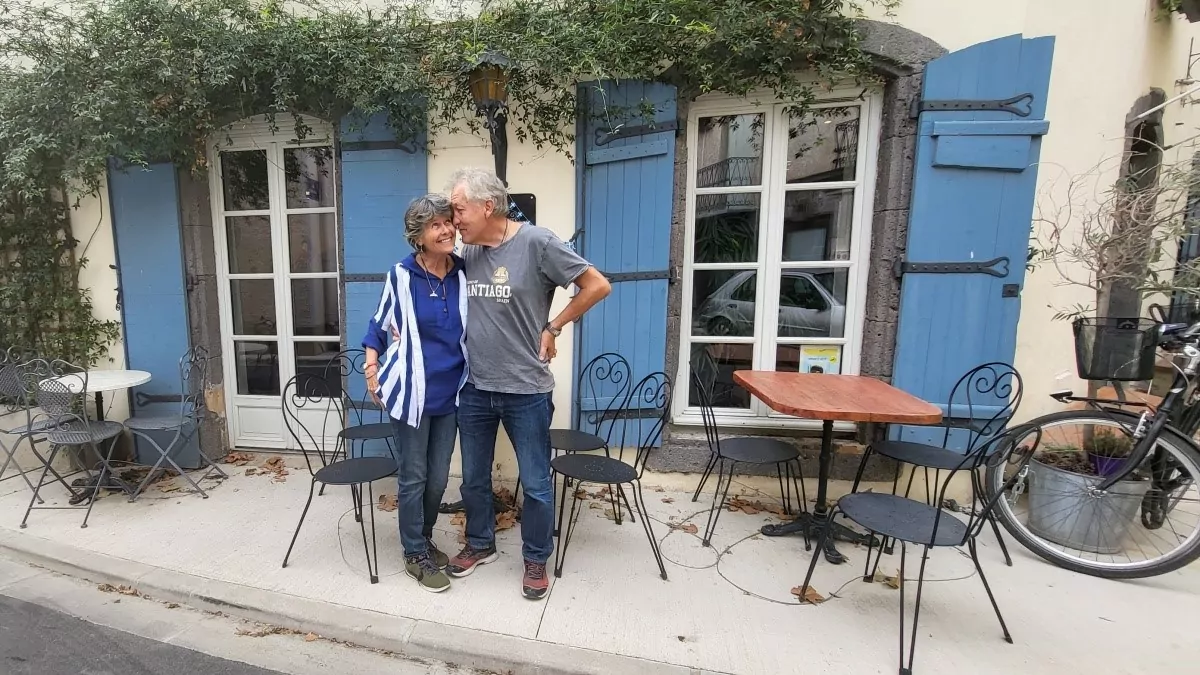






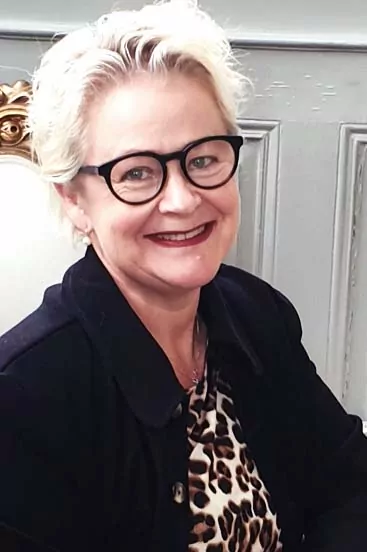
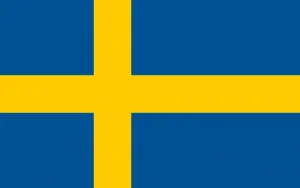
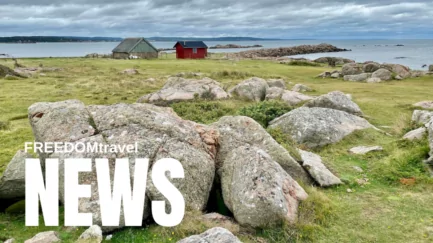
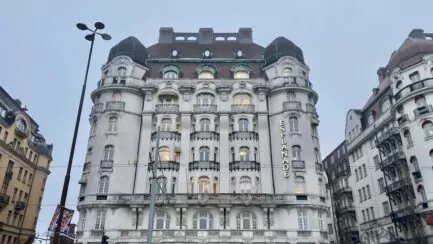

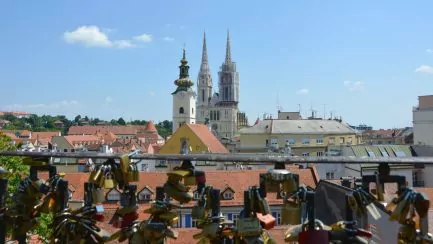



Carin Ager says:
Gets so ressugen and the area is so interesting, thanks for a nice read.
Right now there is an unusual amount of winter in our long country.
05 December 2023 - 8:10
Mia Ulin says:
Thank you for your feedback! It's great that you're being rescued. With kind regards, Mia
06 December 2023 - 13:38
BP says:
What a fun read:-) So fun that the "Swede" managed to renovate the fantastic house in record time. Remember a book that came out in the 1990s where an Englishman had bought a house in the south of France and did not succeed at all in "motivating" French craftsmen to renovate the house. After a while he came up with the idea of inviting all the craftsmen plus the mayor to the "inauguration" on a certain date. Well, then the craftsmen got busy. Janne must have read that book.
Oh my goodness how big these oysters are. I love oysters and sometimes buy them at my local ICA. Now I know that the oysters sold there are miniature oysters. Fun to see how oysters are grown in France.
05 December 2023 - 14:02
Mia Ulin says:
Thank you very much! Yes, it is very possible that Janne has read the book. He is an electrician himself and very good at creating good relations with everyone, it seems.
You can take the opportunity to buy oysters in the autumn, at Manger's local Hemköp they periodically have oysters for 5 SEK each. Not as big as these, but quite ok!
06 December 2023 - 13:43
Lena - good for the soul says:
Wow, what a great story with B&B! Glad that it was so successful. And what wonderful excursions you got to do! Thanks for the inspiration.
Hug Lena
06 December 2023 - 12:59